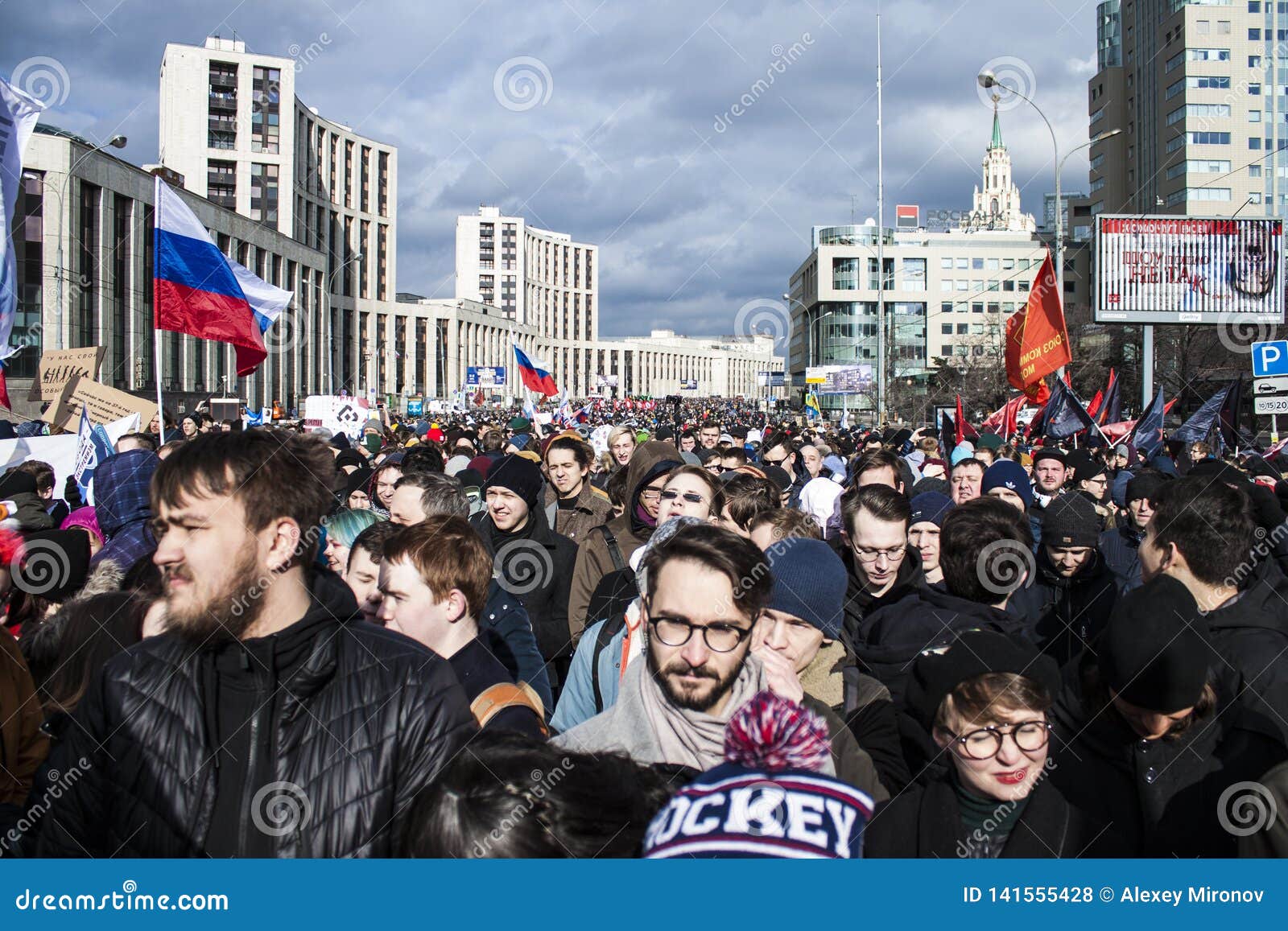

The article continues with an assessment of government policies regarding taxation, foreign loans, domestic bond issues, and currency emissions. The text begins with the measures taken by the Ministry of Finance immediately after the onset of war. What follows is a survey of Russian public finance during the Great War as crafted in the interplay between the tsarist Ministry of Finance, the Council of Ministers, and the State Duma. In retrospect the numbers suggest that the Russian government was seriously handicapped in what turned out to be an astronomically expensive war.

And even though between 19 the Russian stock market nearly doubled in worth, from 11.9 billion rubles to 21.1 billion rubles, without foreign investment those totals would have been cut roughly in half. A telling indicator is that in 1912-1914 the value of Russian securities amounted to only 2 percent of national assets, compared to 11 percent in Germany, 18 percent in the US, 26 percent in France, and 41 percent in the UK. Russian capital markets were also not as well developed as they were elsewhere in Europe. Russia’s trade turnover was no greater than Belgium’s and only one-fifth that of Britain. Recovering from recession, industry once again experienced robust growth after 1910. Gold no longer flowed abroad as it did during the 1905 Revolution. The ruble was fully backed by gold, and the country’s highly accomplished economists and bankers guided its financial management. In early 1914 most observers would have given Russia a solid credit rating.


 0 kommentar(er)
0 kommentar(er)
